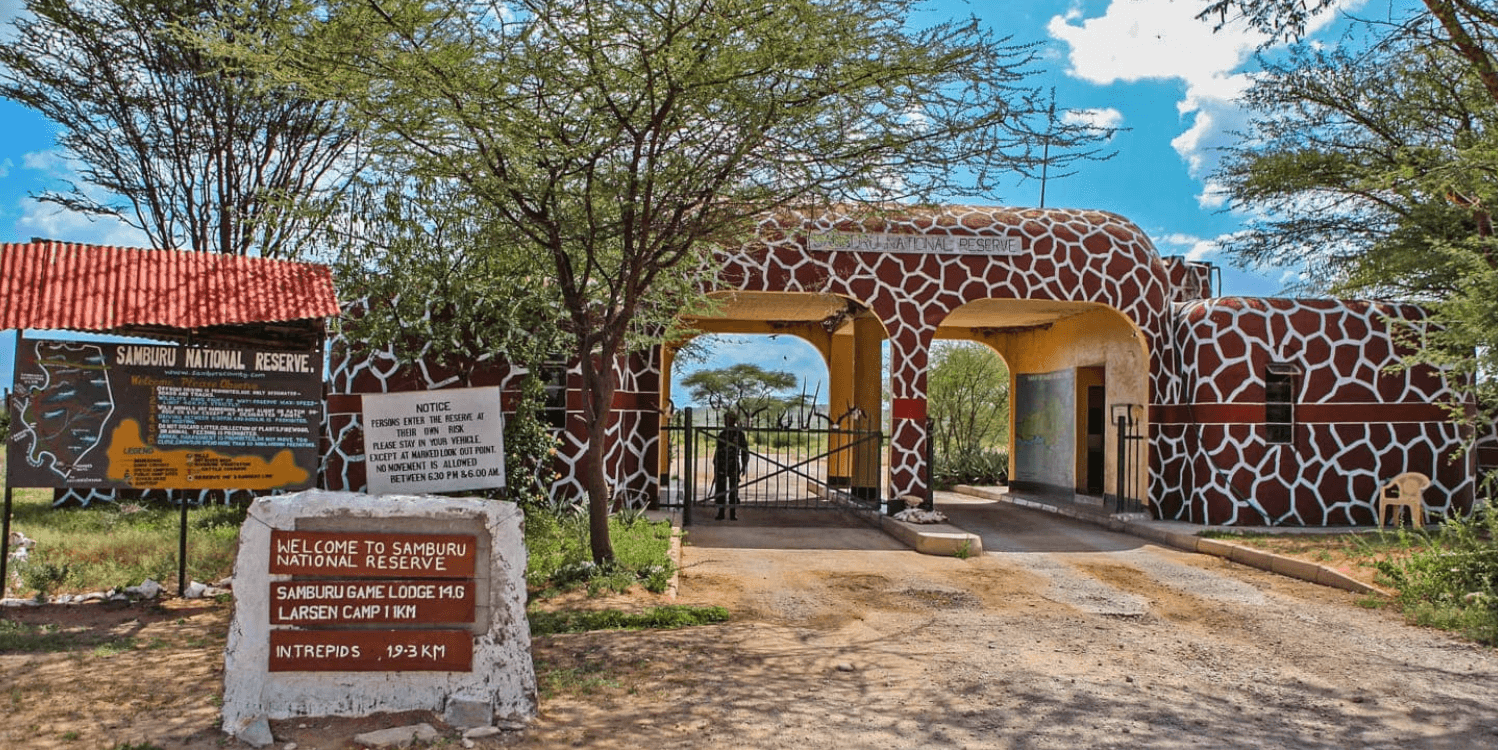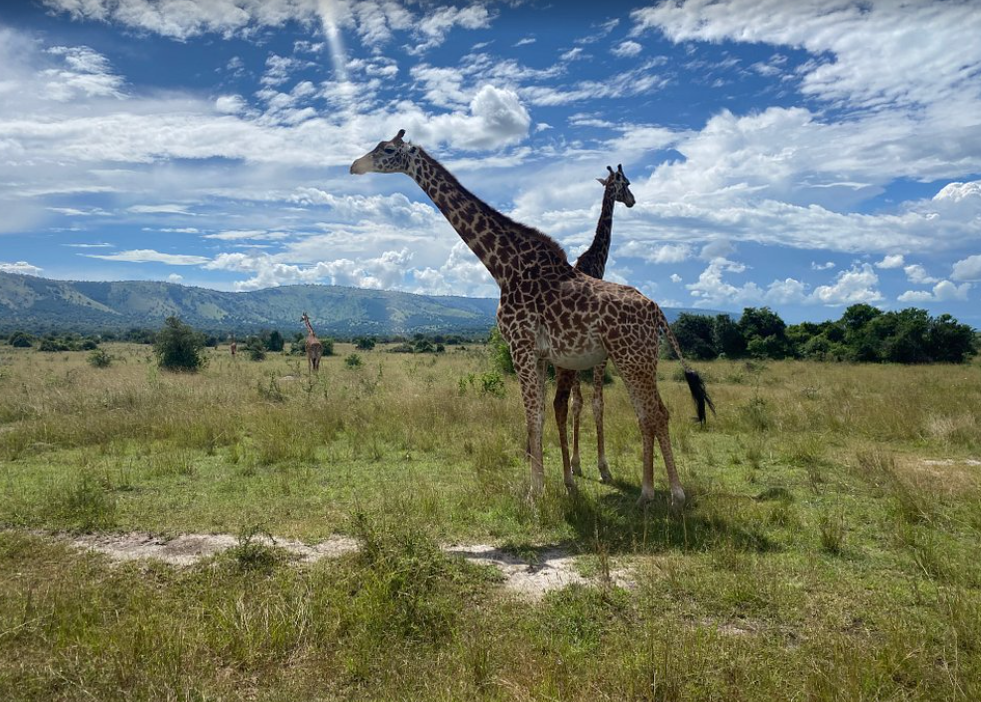Uganda Equator Crossing Point: A Complete Guide
The Equator is one of the most significant geographical features in the world, and Uganda is one of the few countries it crosses. The Equator is an imaginary line that divides the Earth into the northern and southern hemispheres. In Uganda, the Equator offers tourists a unique experience where they can stand on both sides of the hemisphere at once, observe fascinating water experiments, and take photos at the iconic monument. Beyond just a tourist attraction, Uganda’s Equator crossing provides a glimpse into geography, physics, and the natural wonders of our planet.
History of the Equator Line in Uganda
European explorers first mapped the Equator in the 16th century as they ventured into Africa. Uganda, located between the eastern and western hemispheres, sits directly on this line, making it an ideal spot for equator monuments. Early explorers and colonists built landmarks to mark the crossing point, and over time, this location became an iconic tourist destination.
Today, large circular structures mark the Uganda Equator, showing the exact latitude of 0 degrees. These structures help visitors visualize their position between the two hemispheres. More than a historical site, the Uganda Equator serves as a symbolic crossing point between different cultures and regions of the world.
Location and Getting There
The main Equator crossing point in Uganda is located on the Kampala-Masaka highway, about 72 kilometers (45 miles) southwest of Kampala. It is a popular stop for tourists heading to Uganda’s national parks such as Queen Elizabeth National Park, Bwindi Impenetrable National Park, and Lake Mburo National Park.
Getting to the Equator by road is straightforward, whether you’re coming from Kampala or Masaka. The drive is scenic, taking you through rolling hills and lush greenery. Many tour operators include a stop at the Equator as part of their itineraries when heading to the western part of Uganda. If you’re driving independently, the road is well-paved, making it accessible to all types of vehicles.
Once you arrive, you’ll find not only the Equator monument but also shops selling local crafts, cafes where you can enjoy Ugandan coffee, and opportunities to participate in equator-related experiments.
Equator Crossing Points in Uganda
Uganda has more than one Equator crossing point, but the most famous and frequently visited one is on the Kampala-Masaka highway. Here, large, white circular markers on either side of the road indicate the precise location of the Equator line. This spot is perfect for tourists to capture photos while standing with one foot in the northern hemisphere and the other in the southern hemisphere.
Other lesser-known equator crossing points in Uganda include:
- Kayabwe (Mpigi District): Located along the Kampala-Masaka road, this is the most visited site, where many stop for a break and to witness unique equator experiments.
- Queen Elizabeth National Park: The Equator also crosses through this popular park, allowing visitors to combine their safari experience with a stop at the Equator. There’s a large marker within the park, making for another great photo opportunity.
- Entebbe Road: Although not as famous as the other spots, the Equator crosses near the Entebbe-Kampala highway, close to Entebbe International Airport.
Other African Countries Crossed by the Equator
The Equator crosses several countries in Africa, offering unique experiences and landmarks similar to those found in Uganda. Below is a list of the African countries where the Equator passes through:
- Gabon: Known for its dense rainforests, Gabon is one of the Equatorial countries in West Africa.
- Republic of the Congo: The Congo River, one of the longest rivers in Africa, also passes through the Equator.
- Democratic Republic of the Congo (DRC): The vast rainforests of the DRC are bisected by the Equator, offering abundant wildlife and ecological diversity.
- Kenya: Much like Uganda, Kenya has several equator crossing points, including in Nanyuki and the Rift Valley.
- Somalia: The Equator passes through the southern region of Somalia, a country rich in cultural history.
- São Tomé and Príncipe: An island nation located in the Gulf of Guinea, the Equator crosses through the country’s southern waters.
Equator Experiments and Fun Facts
One of the highlights of visiting the Equator in Uganda is the water experiment that demonstrates how water drains in opposite directions on either side of the Equator. Just a few feet apart, water on the northern side of the Equator drains clockwise, while on the southern side, it drains counterclockwise, a phenomenon attributed to the Coriolis effect. Right on the Equator line, water drains straight down with no swirling motion.
Visitors can participate in these fun experiments, which are often conducted by local guides. It’s a fascinating way to observe natural phenomena related to Earth’s rotation. Other demonstrations may include balancing eggs on a nail head, which some claim is easier on the Equator due to gravitational forces.
Best Time to Visit the Equator in Uganda
The Equator crossing points in Uganda can be visited at any time of the year. However, the dry seasons, which occur from June to August and December to February, are ideal for traveling as the weather is more pleasant. During these months, the roads are in better condition, and you can comfortably explore nearby attractions.
Many tourists combine their visit to the Equator with other activities such as gorilla trekking in Bwindi or game drives in Queen Elizabeth National Park, so the timing may depend on the rest of your itinerary.
FAQs About the Equator in Uganda
1. Is there an entrance fee to visit the Equator?
No, visiting the Equator is free. However, you may be asked to pay a small fee for participating in the water experiments or taking guided tours by locals.
2. How long should I plan to stay at the Equator?
A typical visit lasts around 30 minutes to an hour. Most people stop for photos, check out the local crafts, and participate in the water experiment.
3. Are there facilities at the Equator crossing points?
Yes, the most popular Equator crossing points, like the one on the Kampala-Masaka road, have cafes, restrooms, and shops selling souvenirs. It’s a comfortable stop for both tourists and locals.
4. Can I cross the Equator in other parts of Uganda?
Yes, apart from the main spot on the Kampala-Masaka road, you can also cross the Equator in Queen Elizabeth National Park and other less-known locations.
5. What other attractions are near the Equator in Uganda?
Many tourists combine their visit to the Equator with a trip to Lake Mburo National Park, which is located nearby. Other attractions include local markets and crafts shops, where you can buy handmade Ugandan crafts.
Conclusion
The Equator line in Uganda is more than just a geographical marker; it’s a symbol of the country’s unique position in the world. Whether you’re fascinated by science, geography, or simply want to capture a once-in-a-lifetime photo, visiting Uganda’s Equator is a must. With its accessible location and rich history, the Equator crossing is an enriching experience for travelers of all kinds. Whether you’re on your way to explore Uganda’s national parks or heading to see mountain gorillas, don’t miss the chance to stand on both hemispheres at once at the Ugandan Equator.






